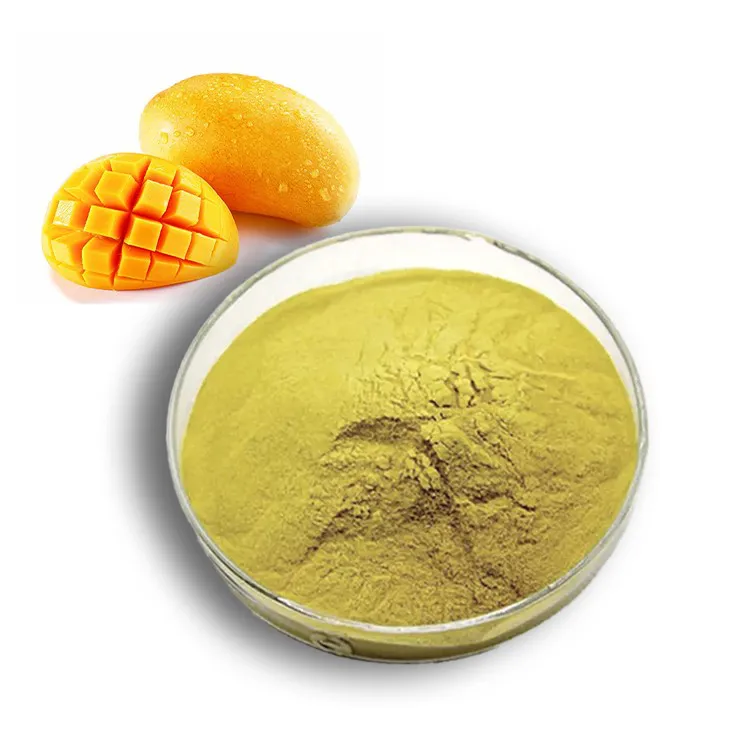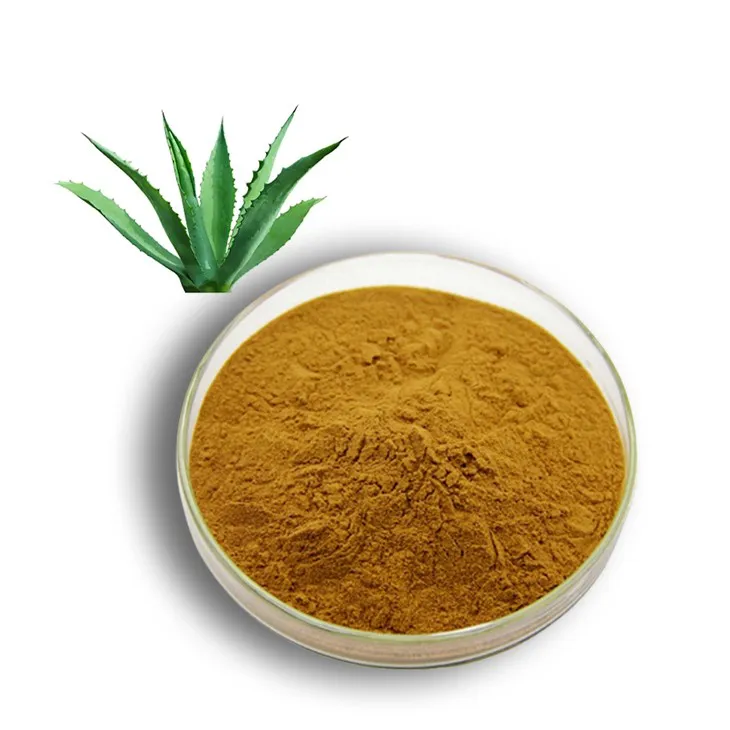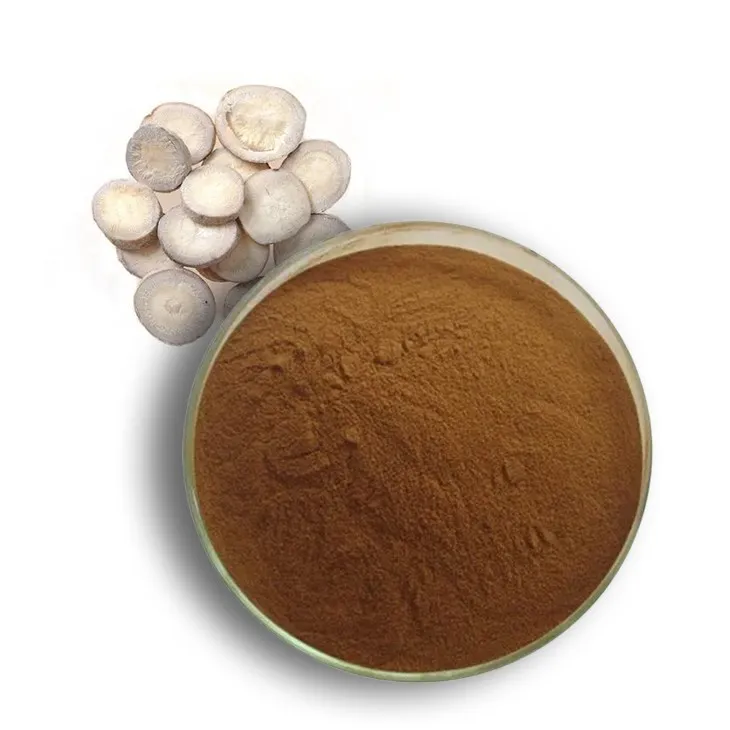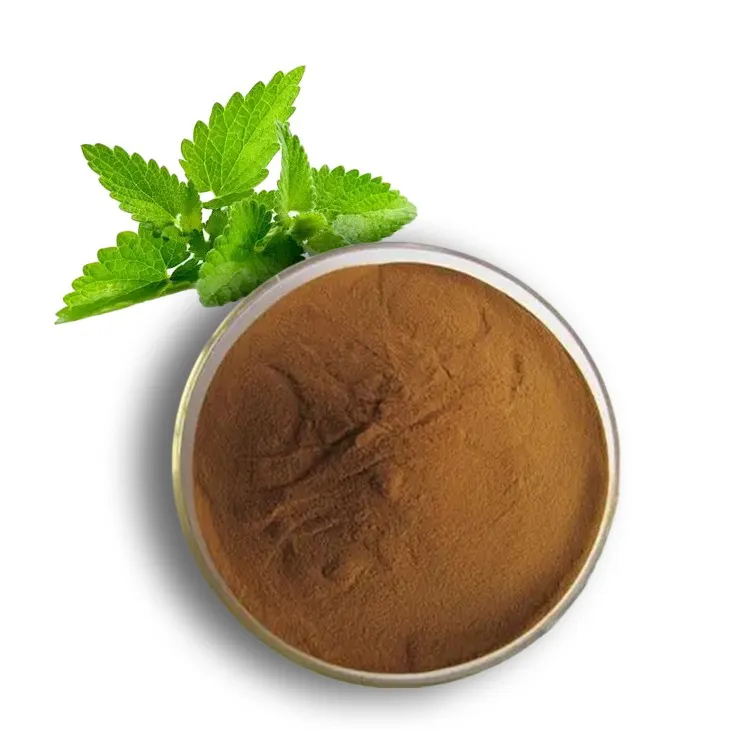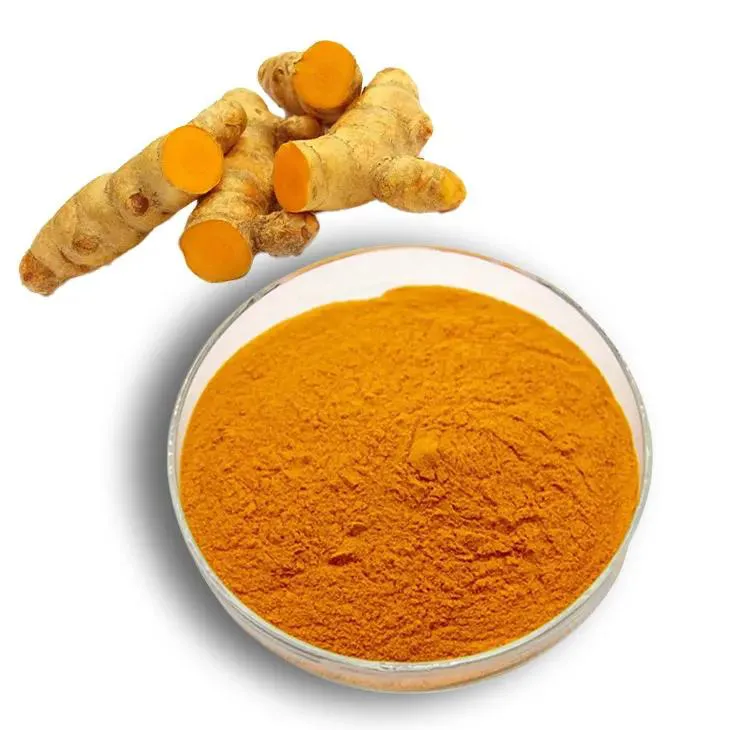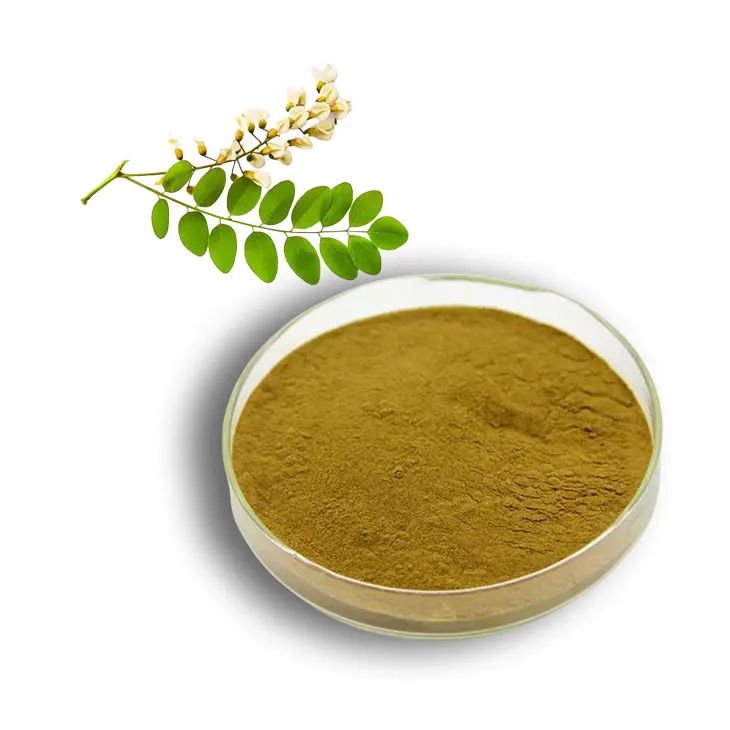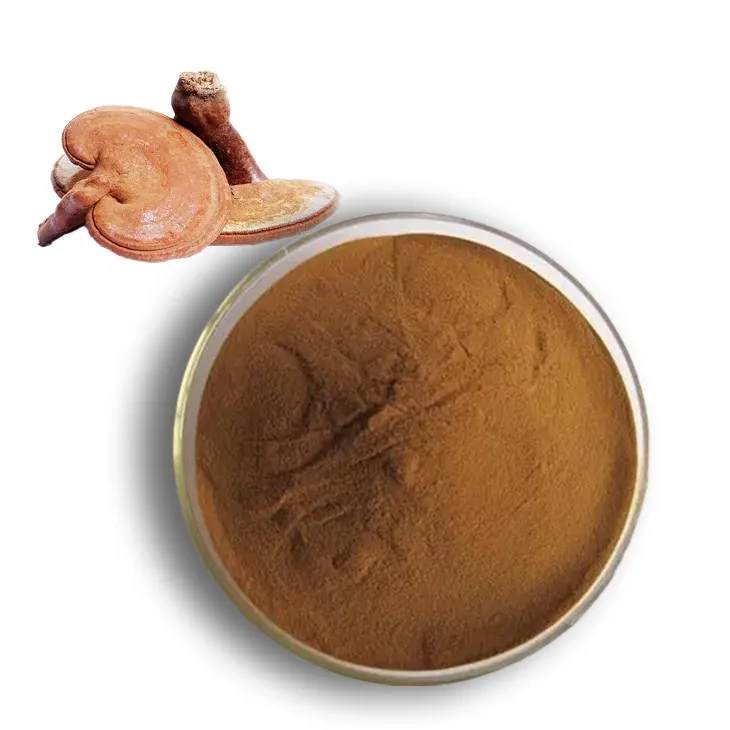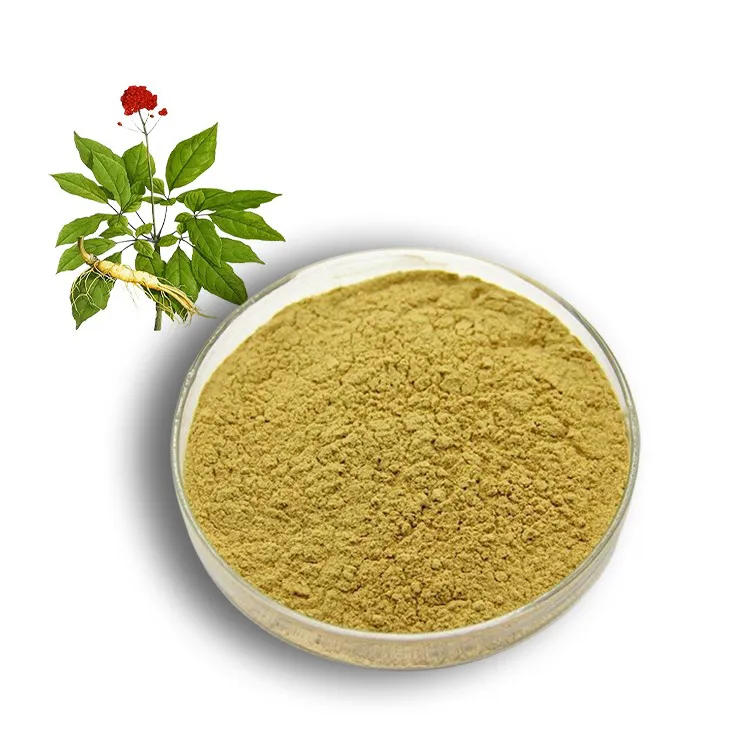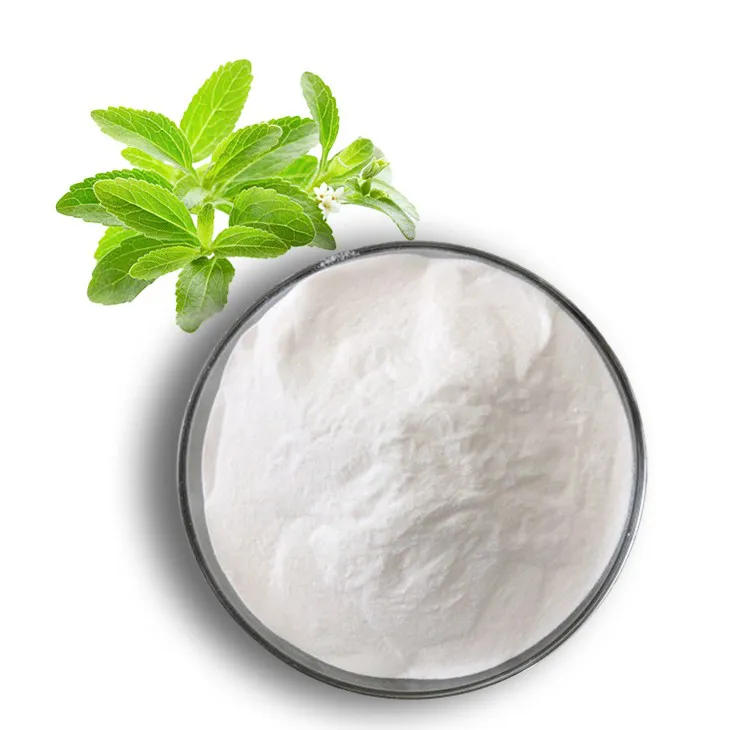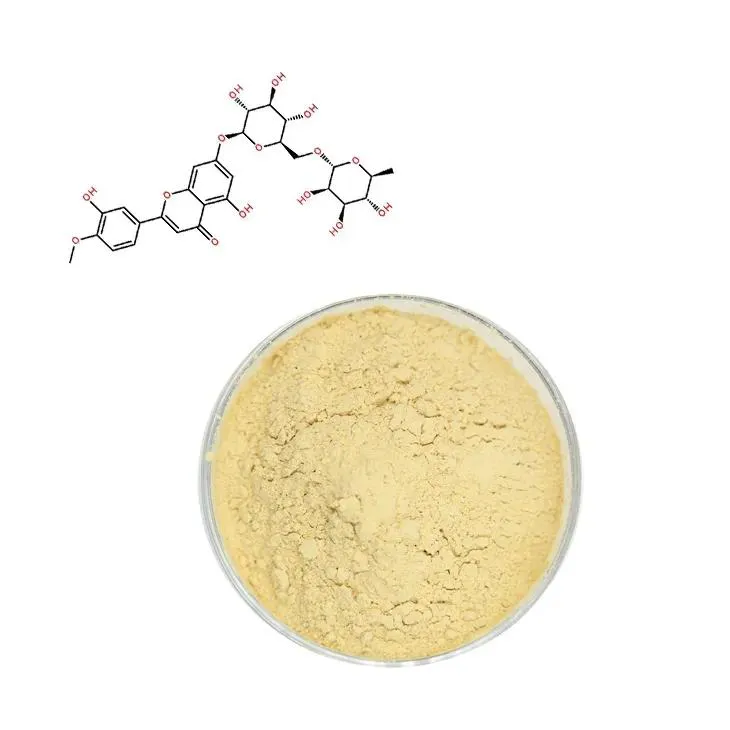- 0086-571-85302990
- sales@greenskybio.com
Navigating Rhodiola Rosea: Safety, Dosage, and Side Effects
2024-07-04
1. Introduction to Rhodiola Rosea
Rhodiola rosea is a perennial plant that has been used for centuries in traditional medicine, particularly in regions like Siberia and parts of Asia. It is often referred to as "golden root" due to the color of its roots. This plant has gained significant popularity in recent years in the Western world as a dietary supplement, believed to offer a range of health benefits.
It contains various active compounds, including rosavins, salidroside, and tyrosol. These compounds are thought to be responsible for its potential medicinal properties, such as adaptogenic effects, which help the body adapt to stress, both physical and mental.
2. Safety Considerations
2.1 General Safety
For the most part, Rhodiola rosea is considered safe when used appropriately. However, as with any supplement, there are some important safety considerations.
It is crucial to source Rhodiola rosea supplements from reliable manufacturers. Poor - quality products may contain contaminants or incorrect dosages. Additionally, individuals should always inform their healthcare providers if they are taking Rhodiola rosea, especially if they have pre - existing medical conditions or are taking other medications.
2.2 Pregnancy and Breastfeeding
There is limited research on the safety of Rhodiola rosea during pregnancy and breastfeeding. Caution should be exercised, and it is generally recommended that pregnant and breastfeeding women avoid using it until more conclusive evidence is available. Some animal studies have suggested potential effects on fetal development, but human studies are lacking.
2.3 Children and Adolescents
Similarly, the safety of Rhodiola rosea in children and adolescents has not been well - established. Since their bodies are still developing, it is advisable to refrain from giving them this supplement without medical supervision.
3. Dosage
3.1 Standard Dosages
The appropriate dosage of Rhodiola rosea can vary depending on several factors, including the individual's age, health status, and the intended use. In general, for adults, a typical starting dosage is around 100 - 200 mg per day of a standardized extract. This extract should typically contain at least 3% rosavins and 0.8 - 1% salidroside.
Some studies have used higher dosages, up to 600 mg per day, for specific therapeutic purposes, such as treating depression or fatigue. However, these higher dosages should be used under medical supervision.
3.2 Adjusting Dosage
If an individual does not experience any significant benefits or experiences side effects at the initial dosage, the dosage may need to be adjusted. It is important to do this gradually, increasing or decreasing the dosage in small increments. For example, if starting with 100 mg per day and not noticing any effects after a week or two, the dosage could be increased to 150 mg per day.
On the other hand, if side effects such as insomnia, agitation, or increased heart rate occur, the dosage should be decreased or discontinued. Medical advice should be sought if these side effects are severe or persistent.
4. Side Effects
4.1 Mild Side Effects
Some of the more common mild side effects associated with Rhodiola rosea use include insomnia, agitation, and nervousness. These side effects are often dose - related and may occur more frequently with higher dosages. For example, if a person takes a relatively high dose of 400 - 600 mg per day without proper adjustment, they may be more likely to experience these symptoms.
Another potential mild side effect is increased heart rate. This can be a concern, especially for individuals with pre - existing heart conditions. It is important to monitor heart rate when starting Rhodiola rosea supplementation, especially if taking higher dosages.
4.2 Severe Side Effects
While severe side effects are relatively rare, they can occur. In some cases, allergic reactions to Rhodiola rosea have been reported. Symptoms of an allergic reaction may include rash, itching, swelling (particularly of the face, lips, or tongue), and difficulty breathing. If any of these symptoms occur, immediate medical attention should be sought.
There have also been rare reports of more serious adverse effects on the liver, such as abnormal liver function tests. However, it is often difficult to determine whether these effects are directly related to Rhodiola rosea or due to other factors, such as concomitant medications or underlying health conditions.
5. Interactions with Medications
Rhodiola rosea may interact with certain medications, which is another important consideration for its safe use. For example, it may interact with medications that affect the central nervous system, such as antidepressants and sedatives.
If taken with antidepressants, there is a potential for an increased risk of side effects such as serotonin syndrome, especially if the antidepressant also affects serotonin levels. Serotonin syndrome is a potentially life - threatening condition characterized by symptoms such as agitation, confusion, rapid heart rate, high blood pressure, and muscle rigidity.
When taken with sedatives, Rhodiola rosea may counteract the sedative effects, reducing the effectiveness of the medication. This can be a significant issue for individuals who rely on sedatives for sleep or to manage anxiety.
It may also interact with medications that affect blood pressure or blood sugar levels. For instance, if a person is taking medications to control high blood pressure, Rhodiola rosea could potentially interfere with the effectiveness of those medications, leading to uncontrolled blood pressure. Similarly, for individuals with diabetes taking medications to regulate blood sugar, Rhodiola rosea may affect blood sugar levels, either increasing or decreasing them, depending on various factors.
6. Conclusion
Rhodiola rosea is a supplement with potential health benefits, but it is not without risks. Understanding its safety aspects, proper dosage, and possible side effects is crucial for making informed decisions about its use. Before starting Rhodiola rosea supplementation, individuals should consult with their healthcare providers, especially if they have underlying medical conditions, are taking other medications, or are in special populations such as pregnant women, breastfeeding women, children, or adolescents.
By being aware of these factors, users can maximize the potential benefits of Rhodiola rosea while minimizing the risks associated with its use.
FAQ:
What is Rhodiola Rosea?
Rhodiola Rosea is a plant that has been used in traditional medicine. It is often considered an adaptogen, which means it may help the body adapt to stress, fatigue, and other challenges.
Is Rhodiola Rosea safe to use?
For most people, when used appropriately, Rhodiola Rosea is generally considered safe. However, some individuals may experience side effects. It's important to consult a healthcare provider before starting to use it, especially if you have pre - existing medical conditions, are pregnant or breastfeeding, or are taking other medications.
What is the correct dosage of Rhodiola Rosea?
The appropriate dosage of Rhodiola Rosea can vary depending on factors such as the form of the supplement (e.g., capsules, tincture), the individual's health status, and the intended use. In general, dosages typically range from 100 - 600 mg per day, but it's best to follow the advice of a healthcare professional.
What are the possible side effects of Rhodiola Rosea?
Some possible side effects of Rhodiola Rosea include insomnia, agitation, and increased heart rate. However, these side effects are not common and may be more likely to occur with higher doses or in individuals who are sensitive to the herb.
Can Rhodiola Rosea interact with other medications?
Yes, Rhodiola Rosea may interact with certain medications. For example, it may interact with medications for diabetes, high blood pressure, or antidepressants. It's crucial to inform your doctor about any supplements you are taking, including Rhodiola Rosea, to avoid potential interactions.
Related literature
- The Effects of Rhodiola Rosea on Stress and Fatigue: A Review"
- "Safety and Efficacy of Rhodiola Rosea in Clinical Practice"
- "Rhodiola Rosea: A Promising Adaptogen - Dosage, Benefits, and Risks"
- ▶ Hesperidin
- ▶ Citrus Bioflavonoids
- ▶ Plant Extract
- ▶ lycopene
- ▶ Diosmin
- ▶ Grape seed extract
- ▶ Sea buckthorn Juice Powder
- ▶ Fruit Juice Powder
- ▶ Hops Extract
- ▶ Artichoke Extract
- ▶ Mushroom extract
- ▶ Astaxanthin
- ▶ Green Tea Extract
- ▶ Curcumin
- ▶ Horse Chestnut Extract
- ▶ Other Product
- ▶ Boswellia Serrata Extract
- ▶ Resveratrol
- ▶ Marigold Extract
- ▶ Grape Leaf Extract
- ▶ New Product
- ▶ Aminolevulinic acid
- ▶ Cranberry Extract
- ▶ Red Yeast Rice
- ▶ Red Wine Extract
-
Mango flavored powder
2024-07-04
-
Aguaje Extract
2024-07-04
-
White Peony Extract
2024-07-04
-
Peppermint Extract Powder
2024-07-04
-
Curcuma Longa Extract
2024-07-04
-
Sophora Japonica Flower Extract
2024-07-04
-
Reishi mushroom extract
2024-07-04
-
Panax Ginseng Leaf Extract
2024-07-04
-
Stevia Extract
2024-07-04
-
Diosmin
2024-07-04











